I wrote this article in Japanese and translated it into English using ChatGPT. I also used ChatGPT to create the English article title. I did my best to correct any translation mistakes, but please let me know if you find any errors. By the way, I did not use ChatGPT when writing the Japanese article. The entire article was written from scratch by me, Saikawa Goto.
Introduction
Movies and books covered in this article
Three takeaways from this article
- Even those who live in Nagasaki do not know that there used to be an “Atomic bomb dome” in Nagasaki.
- Three important people involved in the demolition of Urakami Cathedral and their “incomprehensible words and actions
- The terrible toughness of the U.S.A. is astonishing.
Self-introduction article


Published Kindle books(Free on Kindle Unlimited)
“The genius Einstein: An easy-to-understand book about interesting science advances that is not too simple based on his life and discoveries: Theory of Relativity, Cosmology and Quantum Theory”
“Why is “lack of imagination” called “communication skills”?: Japanese-specific”negative” communication”
The quotes in the article were translated using ChatGPT from Japanese books, and are not direct quotes from the foreign language original books, even if they exist.
Did Nagasaki also Have an “Atomic Bomb Dome”?! The Unique Background of Christianity in Nagasaki, Which Became an “Inferiorly A-bombed City”
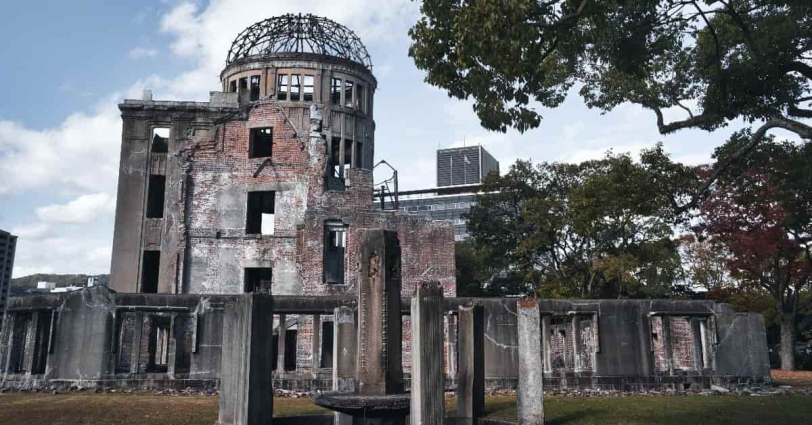
In Nagasaki, there was also remains that conveyed the damage caused by the atomic bomb to future generations. However, this remain have now been lost. In Hiroshima, the “Atomic bomb dome” remains as a symbol to convey the “horror of the atomic bomb” to visitors from around the world. Why did it disappear from Nagasaki?
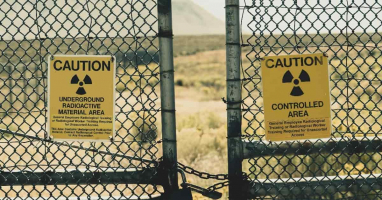
This is a non-fiction book that explores the truth behind it.
The Event that Triggered the Writing of this Book and the Existence of “Urakami Cathedral”
The author was born near the epicenter of the atomic bombing 10 years after it occurred and had repeatedly heard her mother’s experience of the bombing since she was a child. However, even when he tried to recall those memories, he could not remember the name “Urakami Cathedral”.
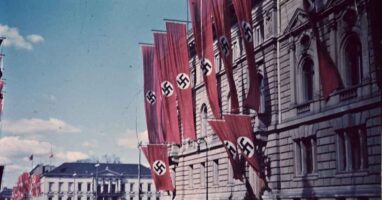
I learned about the existence of “Urakami Cathedral” for the first time from this book. I think it was also the first time I heard its name. In fact, I didn’t even know the fact that “there are no remains of the atomic bomb in Nagasaki”. And just this “Urakami Cathedral” is the Christian cathedral that supposed to be remained as the “Atomic bomb dome” in Nagasaki.
However, the building no longer exists today. When I looked it up on the internet, I found out that the cathedral known as “Catholic Urakami Church” is commonly known as the “Urakami Cathedral”. However, the current building was not the one that existed at the time of the bombing. The Urakami Cathedral, which collapsed due to the atomic bombing and was supposed to serve as a “witness to history,” was demolished before fulfilling its duty.
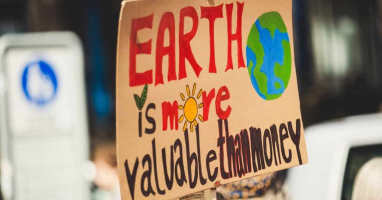
Why did such a thing happen? The history of the land called “Urakami” is related. I will touch on it later in detail, but “Urakami” was a “hidden Christian holy land.”
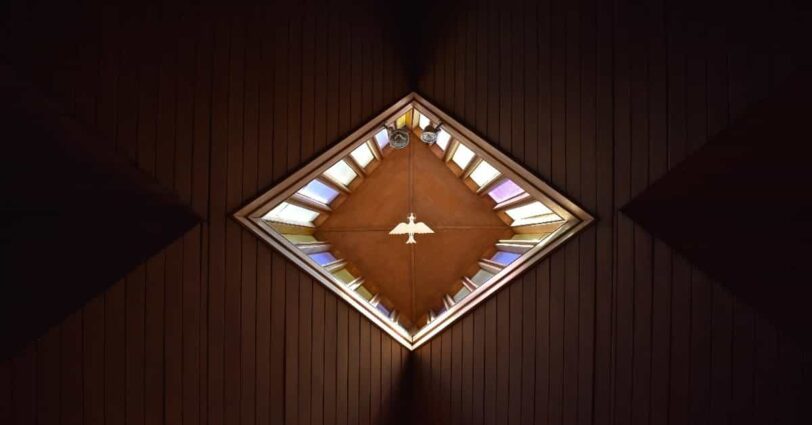
In the afterword, the author writes, “Until I became an adult, there was not a single person around me who talked about ‘Urakami Cathedral’.” Of course, there should be locals who know about the existence of the “Urakami Cathedral” that collapsed due to the atomic bombing. However, the “Urakami Cathedral,” which was supposed to be a presence comparable to the “Atomic bomb dome” in Hiroshima, is hardly known not only in the world but also in Japan. If I had not read this book, I would never have known about its existence.
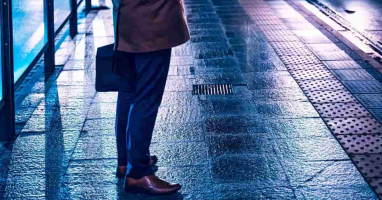
This book tells the true story of the strange fate of such the “Urakami Cathedral”.
The direct inspiration for the author to write this book was a documentary that was lent to him by a friend who worked at Nagasaki Broadcasting Co. The documentary sought to uncover the reason why the “Urakami Cathedral,” which was partially destroyed by the atomic bomb and left in a tragic state as a ruin, was demolished after the war. At the time of watching the documentary, the author had already heard of the name “Urakami Cathedral,” but knew very little about it. Upon seeing the photo of the ruined cathedral, the author felt as if he had received a revelation and decided that he had to research about its history.
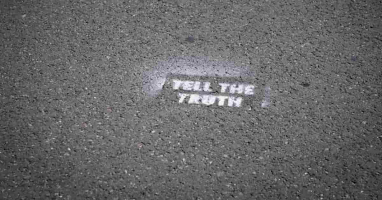
And, through the author’s interviews, America’s grand plan is revealed. When you read this book, you’ll be amazed at the toughness of the United States as a nation.
Three People Played a Major Role in the Dismantling of Urakami Cathedral
Now, let’s briefly follow the background of the dismantling of “Urakami Cathedral” while introducing the three main people involved.
Archbishop Yamaguchi was the head of the Nagasaki diocese at the time. It is estimated in this book that he was probably the person who had the “ostensible decision-making power” regarding the future of the ruins of Urakami Cathedral.
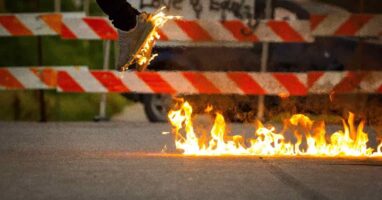
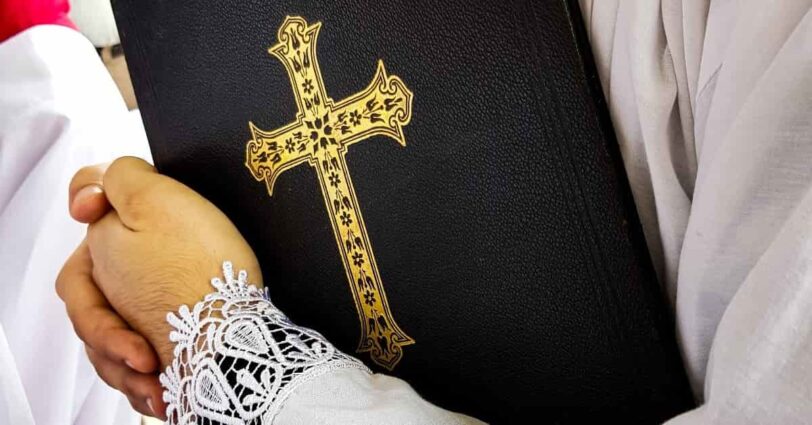
America dropped the atomic bomb on Nagasaki, but it wasn’t aimed specifically at Urakami. It was a fortuitous decision based on several minor factors that had accumulated. In the first place, there was no reason for America to target Urakami specifically. This is because the location where Urakami Cathedral was built was owned by a village headman who had suppressed hidden Christians during the Edo period.

It is well known that Christianity in Japan was suppressed during the Edo period. Among them, the crackdown on hidden Christians in Nagasaki was severe. In 2018, “Hidden Christian Sites in the Nagasaki Region” was recognized as a World Cultural Heritage site. I think you can imagine how severe the crackdown on hidden Christians was, as various cultures left behind by hidden Christians on that land have been preserved as historical heritage.
Building a Christian church on the land owned by the person who oppressed hidden Christians, meant a lot to hidden Christians, and that point was understood even in the Christian world. Therefore, there was no reason for America to drop the atomic bomb on that specific location.
Archbishop Yamaguchi, who was from Urakami, had a strong commitment to rebuilding Urakami Cathedral in the same location. It’s possible that he thought the partially destroyed Urakami Cathedral was in the way. There may have also been some “pressure” from the United States. After considering his own wishes and the intentions of the United States, Archbishop Yamaguchi may have made the decision to “dismantle” the cathedral. Such a possibility is suggested.
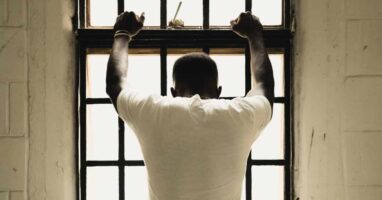
Nagai Takashi was a person called “the Saint of Urakami”. His name was so famous that even Emperor Showa, Helen Keller, and the Pope visited him. His presence was very significant in Nagasaki at that time. Therefore, it is thought that he was indirectly involved in the decision to “dismantle”.
Nagai Takashi was a medical doctor with a doctorate from Nagasaki Medical College. The reason why he became a celebrity overnight was his book “長崎の鐘(The Bells of Nagasaki)”. It was a detailed record of the atomic bombing of Nagasaki and became a bestseller at the time.
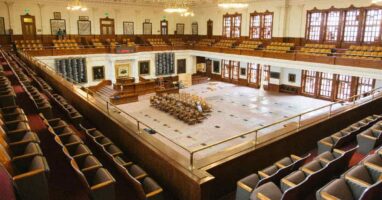
If it’s just this story, you might not think he was an important person. However, it’s important to remember that Japan was under occupation at the time. Naturally, all publications were subject to censorship by GHQ. In terms of results, “長崎の鐘(The Bells of Nagasaki)” was published, and that’s why Nagai Takashi became a celebrity. However, the evaluation of the occupying forces who read the manuscript was split in half. And finally, under the agreement of “if certain conditions are met,” it was published.

This also shows the hidden influence of the United States.
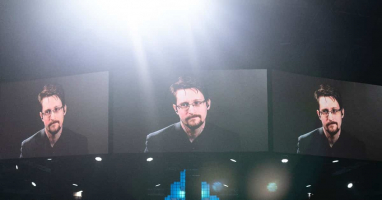
Tagawa Tsutomu was the Mayor of Nagasaki City at the time. After studying hard to become a lawyer, he was recommended for the position of mayor due to his honest and upright work. He had expressed his intention to “preserve Urakami Cathedral” from immediately after the atomic bombing. The mayor had been advocating for this from the beginning. If it had remained as it was, “Urakami Cathedral” would have been left as the “Atomic Bomb Dome”.
However, the situation changed dramatically at some point.
Nagasaki City decided to establish a friendly relationship with the City of Saint Paul in the United States, the first such relationship in the world. In order to participate in the commemoration ceremony, Tagawa Tsutomu has decided to visit the U.S. for about a month. However, upon returning home, the mayor inexplicably reversed his previous position and turned the direction towards “not preserving Urakami Cathedral”. As a result, “Urakami Cathedral” was dismantled.

It’s an event that makes us want to believe that the US was involved after all.
This book reveals various things related to the “Atomic Bombing of Nagasaki” while focusing on these three people. It uncovers facts that most Japanese people are not aware of, such as the “relationship between Nagasaki and Christianity,” “the circumstances of the atomic bombing in Urakami,” and “the flow that decided the fate of Urakami Cathedral after the war,” by visiting the US National Archives.
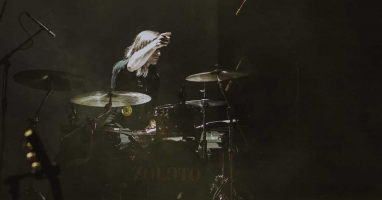
If it had remained, Urakami Cathedral would undoubtedly have been recognized as a World Heritage site. As expected, was it demolished because it was feared that it would be remembered as “proof that the United States bombed a place with Christian ties”?
The Various Words and Deeds of the Three People are Surprising
Although their wording differs, the three of them repeated similar statements in various situations. It is that “the dropping of the atomic bomb on Nagasaki was a divine revelation.”
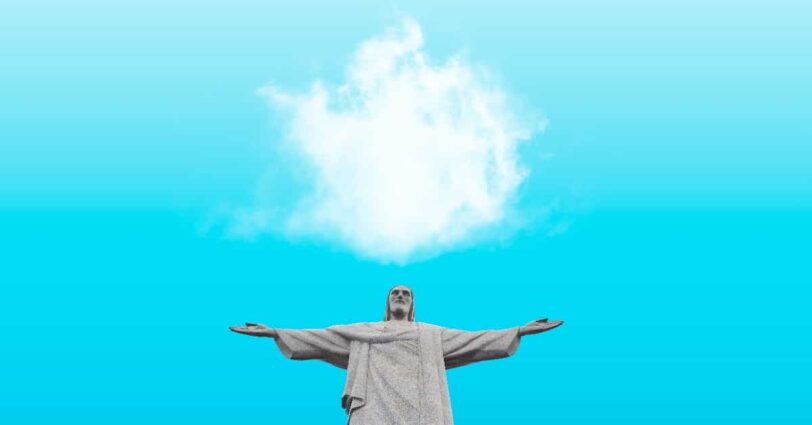
I was very surprised by this statement. If many decades have passed since the atomic bombing, the interpretation might be different, but they made such statements at a time that can be said to be just after the atomic bombing. All three were atomic bomb survivors and had lost family members in the bombing. Even though Christianity is deeply rooted in the area, making statements such as “divine revelation” in the midst of the still-fresh aftermath of the atomic bomb damage is not acceptable.
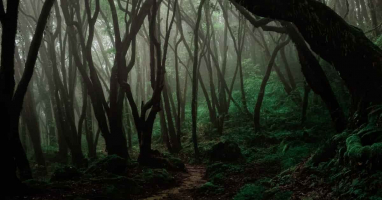
Furthermore, in this book, there are various comments that are said to have been made by Tagawa Tsutomu to the media during his trip outside of America, but there are also many unbelievable statements scattered among them. If it was coming from someone in a non-A-bombed city due to a lack of understanding, it might be understandable, but as statements from the mayor of a city that was bombed, there were many things that I couldn’t quite understand. Of course, I don’t know what was behind Tagawa Tsutomu’s “change of heart,” but I felt that aside from the fate of Urakami Cathedral, he should not waver in his role as the leader of an A-bombed city for any reason.
Overall, I was left with a sense of discomfort about the words and actions of Nagai Takashi and Tagawa Tsutomu. Of course, it may not be appropriate for someone who was not a victim of the bombing to meddle, but even so, I often found myself wondering how they could make such statements from the perspective of a survivor.

On the other hand, it’s not hard to understand Archbishop Yamaguchi. He had a strong desire to rebuild a cathedral at the site of Urakami Cathedral. As I mentioned earlier, this was because the land was where the “village headman who persecuted hidden Christians” was. If you know the history of Urakami, it’s not hard to understand why he would be so determined about this point.
However, as an outsider, I think that there could have been an option to “build a new cathedral while preserving the Atomic bomb dome.” I can’t help but suspect that this didn’t happen because some form of American influence was strong.
Although I do not know what was going on in the invisible places at that time, I can say that there were scattered “discomfort” in the visible parts of the site. Nevertheless, with the demolition of the Urakami Cathedral, and the loss of the remains that evoke memories of the atomic bombing in Nagasaki, the perception that the atomic bomb was dropped on the land of hidden Christians must have faded. If this was the strategy of the U.S., it must have been the right one for them.

“The Terrifying Country of America”
In this book, investigations naturally began with the “atomic bombing of Nagasaki” and “Urakami Cathedral” as starting points. However, in the process, discussions also led to topics such as “sister cities” and the “Fulbright Foreign Student Program.” Although this article does not specifically touch upon the relationship between these topics, I believe that reading this book will make you keenly feel “the terror of the country of America.”
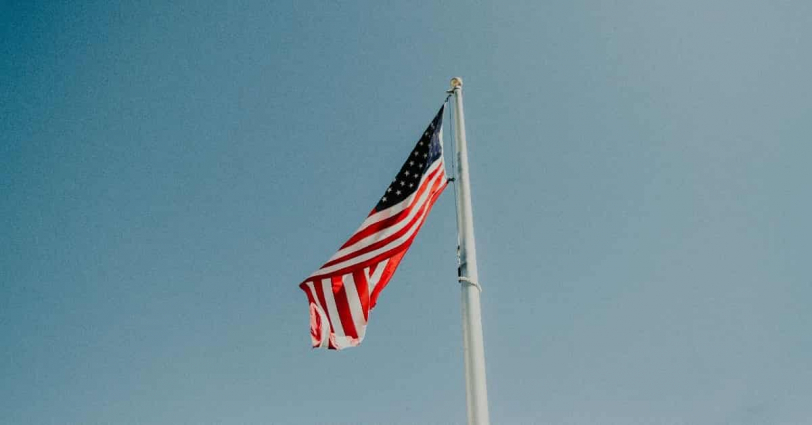
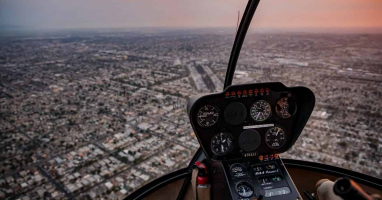
Earlier, I wrote that the “sister city” system was a world first between Nagasaki City and the City of Saint Paul. However, nobody would imagine that this “sister city” is part of America’s grand strategy. Almost no Japanese people have imagined the background of the “sister city” system, but it includes America’s strong strategy, not just a simple “friendship city” connection. The same is true for the “Fulbright Foreign Student Program”. Various things that are understood as “useful” without thinking about them are revealed to have significant implications for America.
Now, if America had a strong influence on the dismantling of the “Urakami Cathedral”, as I mentioned earlier, it succeeded in reducing the negative impression of “dropping the atomic bomb on the land of hidden Christians.” If it was a strategic move, it was brilliant. However, on the other hand, I feel that it has also made Nagasaki into an “inferiorly A-bombed city”.
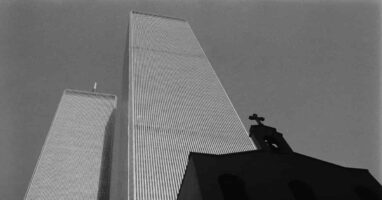
It is said that while Hiroshima is appealing for nuclear abolition with “anger,” Nagasaki is appealing with “prayer.” Of course, one reason is that Christianity has taken root in the area. However, it may also be because Nagasaki, unlike Hiroshima with its “Atomic Bomb Dome,” is often called the “Inferiorly A-bombed City” and lacks the same level of enthusiasm for appealing to nuclear abolition.
Of course, we must not forget the history of the atomic bomb and continue to pass it on. However, at the same time, I think we should also understand the “terrifying nature of the United States as a country” by knowing the background of the Urakami Cathedral. If the dismantling of the Urakami Cathedral was as the United States wanted, it is not just a matter of “the ‘losing country’ was forced by the ‘winning country’,” but also an example of the “strength of the United States as a country” being clearly demonstrated
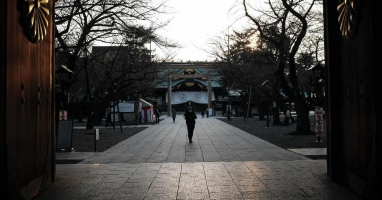
And surely, we must still confront such an “America” even today. If Japan does not possess “strength,” then another situation like the “demolition of Urakami Cathedral” will surely occur again. It is necessary to be aware of this and engage with other countries.
Conclusion
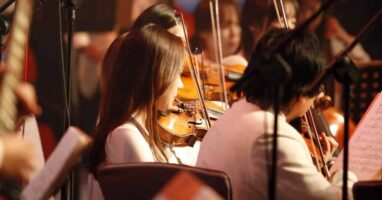
What is written in this book is something that even most people living in Nagasaki do not know. To me, that seems like a surprising fact. It may be difficult due to the relationship with America, but isn’t it a level of history that could be included in textbooks?

Published Kindle books(Free on Kindle Unlimited)
“The genius Einstein: An easy-to-understand book about interesting science advances that is not too simple based on his life and discoveries: Theory of Relativity, Cosmology and Quantum Theory”
“Why is “lack of imagination” called “communication skills”?: Japanese-specific”negative” communication”

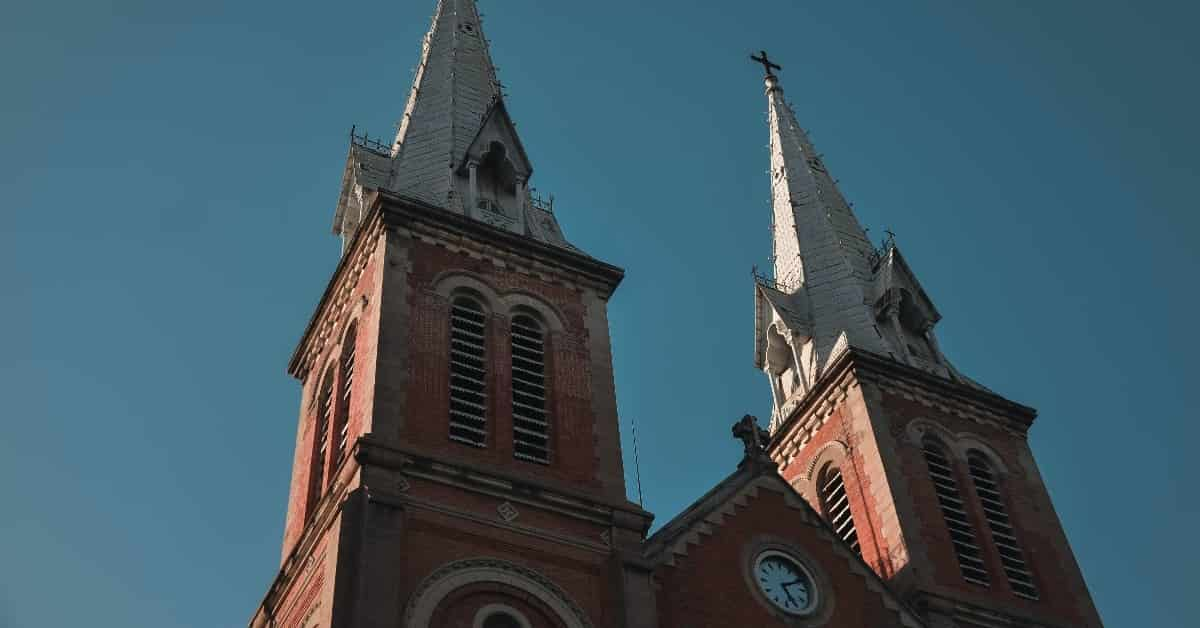






コメント